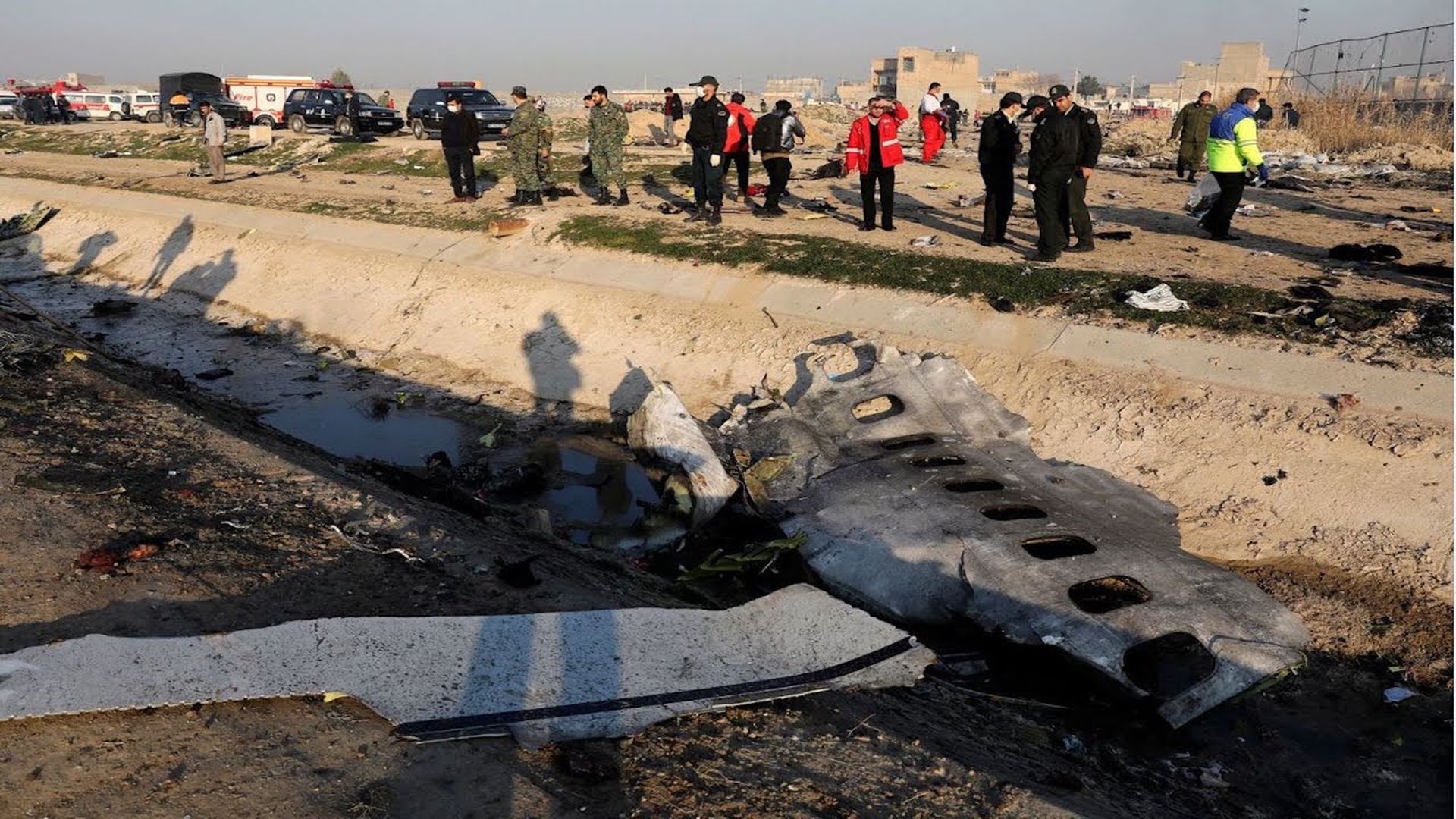Iran’s civil aviation chief denied Friday that a missile downed a Ukrainian airliner which crashed killing all 176 on board, dismissing claims of a catastrophic mistake by Tehran’s air defences.
The declaration at a press conference in the Iranian capital came after Britain and Canada pointed to what they said were signs of an accidental missile strike.
“One thing is for certain, this airplane was not hit by a missile,” Iran’s civil aviation chief Ali Abedzadeh said.
The Boeing 737 crashed on Wednesday shortly after Tehran launched missiles at US forces in Iraq in response to the killing of a top Iranian general in a US drone strike in Baghdad.
It is Iran’s worst civil aviation disaster since 1988 when the US military said it shot down an Iran Air plane by mistake, killing all 290 people on board.
Canadian Prime Minister Justin Trudeau said Thursday that multiple intelligence sources indicated that an Iranian missile downed Ukraine International Airlines Flight PS752 after it took off from Tehran.
But Abedzadeh rejected the allegation, saying that “any remarks made before the data is extracted (from the plane’s black box flight recorders) … is not an expert opinion.”
Trudeau’s comments came as video footage emerged that appeared to show the moment the airliner was hit.
The footage, which The New York Times said it had verified, shows a fast-moving object rising at an angle into the sky before a bright flash is seen, which dims and then continues moving forward. Several seconds later an explosion is heard.
Citing information from allies as well as Canada’s own intelligence, Trudeau said the plane appeared to have been hit by an Iranian surface-to-air missile.
“We know this may have been unintentional. Canadians have questions, and they deserve answers,” Trudeau told reporters.
He was backed by other Western leaders, including British Prime Minister Boris Johnson who said mounting evidence supported a missile strike, which “may well have been unintentional”.
US President Donald Trump indicated that Washington officials believed the Kiev-bound Boeing 737 was struck by one or more Iranian missiles before it ditched and exploded outside Tehran.
‘No radio message’
The US National Transportation Safety Board said late Thursday it had received formal notification of the crash from Iran and would send a representative to join the investigation.
Iran’s foreign ministry earlier invited US plane maker Boeing to “participate” in the probe.
The flight went down in the dark just minutes after takeoff, with no radio message from the pilot to indicate distress, according to the Iranian Civil Aviation Organization.
It was carrying 82 Iranians, 63 Canadians, 11 Ukrainians, 10 Swedes, four Afghans, three Germans and three Britons.
With tensions high between the United States and Iran, the disaster unfolded just hours after Tehran launched ballistic missiles towards bases in Iraq housing US troops.
Iran retaliated for the January 3 US drone strike in Baghdad that killed a top Iranian general.
The Iranian government said the missile strike scenario made “no sense,” however, arguing that several internal and international flights had been sharing approximately the same airspace.
Tehran later asked Ottawa to share its information with Iranian investigators.
‘Canadians want answers’
Trudeau said Canada was working with allies to ensure a credible probe.
“The families of the victims want answers, Canadians want answers, I want answers,” he said.
“This government will not rest until we get that.”
Canada’s transportation safety board on Thursday said it had accepted an invitation from Iran’s civil aviation authority to join the inquiry.
Britain’s Johnson called Thursday for a full, transparent investigation.
Trump would not directly confirm what US intelligence was saying privately.
“I have my suspicions,” Trump said, adding that “somebody could have made a mistake.”
But unidentified officials told US media that satellite, radar and electronic data indicated Tehran’s air defence units downed the aircraft.
Ukraine called for United Nations support for a broad investigation, and sent 45 crash investigators to Tehran to take part in the inquiry led by Iranian authorities.
Investigators are pursuing several possibilities, including engine failure, a missile strike or an act of terror.










